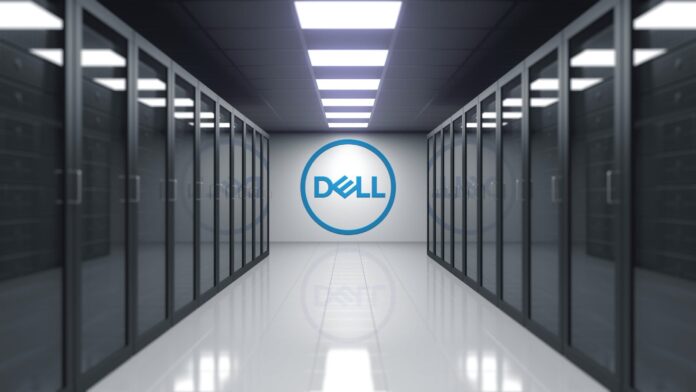Ericsson adding Dell infrastructure to its Cloud RAN product
Dell Technologies, by way of its Telecom Systems Business, continues to develop its telco-facing solutions portfolio—largely by way of partnerships. In a duo of recent announcements, Dell is bringing its infrastructure to Ericsson’s Cloud RAN product, and is working with AT&T and VMware on the operator’s multi-access edge computing platform.
Ericsson’s Cloud RAN solution combines Dell PowerEdge servers with the NEP’s cloud-native RAN compute software. In the context of a distributed RAN architecture, Ericsson’s approach would allow RAN and mobile edge computing workloads to run on Dell infrastructure.
Freddie Södergren, Head of Technology and Strategy for Networks, at Ericsson, characterized the partnership with Dell as giving customers more choices “while ensuring telco-grade performance at the far edge. This collaboration will further enable open cloud infrastructure while supporting Dell’s high-performing server offerings.”
In statements, both companies referenced increasing openness in RAN deployments, meaning operators can disaggregate Ericsson hardware and software, saving costs by using COTS servers like those provided by Dell. Ericsson also works with HPE in this space, and uses Intel’s Xeon processors for both virtualized and cloud-native RAN.
AT&T MEC with Dell Apex
In other partner-driven news, Dell is combining its APEX Console with AT&T’s 5G network and using VMware for multi-cloud management. Called AT&T MEC with Dell Apex, the idea is to provide large enterprises with a on-premise platform for both private network and MEC workloads.
In a blog from Dell’s Senior Director of Global Solutions and Co-creation Services in the Telecom Systems Business Doulgas Lieberman, he said the new solution “helps remove the barriers to 5G edge innovation…We’ve built it for you…We’ve built in connectivity and protection…Control as much or as little as you want, full control to a completely managed service. It’s applicable to many different verticals such as manufacturing, oil and gas, utilities, healthcare and more.”
Lieberman, in the blog, this is part of an “‘edge-as-a-service’ model [that] enables innovation by allowing enterprises to try out new 5G edge services without making heavy capital investments.” The combo of new 5G spectrum, hybrid cloud models and software-defined network, he wrote, “allow enterprises to do things they could only dream of before. The best use cases for 5G edge technology are right in front of us, and it’s important that enterprises act today to make their edge strategy a reality.”
Big picture, the tie-up comes at a time when demand for edge computing is ramping, driven by the proliferation of IoT devices, business-critical cellular applications, and investment in digital services. Research firm Markets and Markets sized the edge market at $44.7 billion in 2022 with a projected five-year CAGR of 17.8%, pushing the value to more than $100 billion by the end of 2027.

